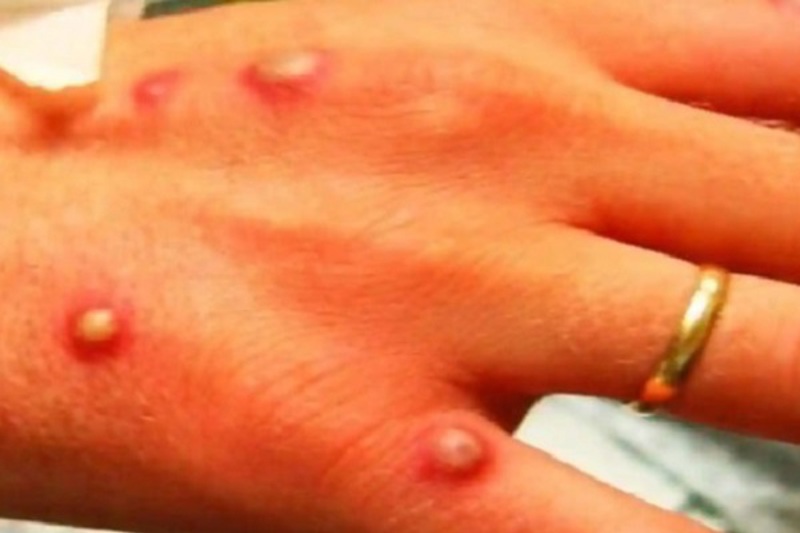Information about monkeypox
Published: Monday, May 23, 2022
You may have heard about monkeypox in the news recently. But what is it, what are the symptoms and how can you access help and information?
Share this

Monkeypox is a rare illness caused by the monkeypox virus and one of the symptoms is a rash that is sometimes confused with chickenpox. It is usually associated with travel to Central or West Africa but cases have been occurring in England with no travel links.
Monkeypox can be spread when someone comes into close contact with an infected person. The virus can enter the body through broken skin, the respiratory tract or through the eyes, nose or mouth.
If you get infected with monkeypox, it usually takes between five and 21 days for the first symptoms to appear. Symptoms include fever, headache, muscle aches, backache, swollen lymph nodes, chills and exhaustion.
A rash can develop, often beginning on the face, then spreading to other parts of the body. The rash changes and goes through different stages - a bit like chicken pox - before finally forming a scab, which later falls off.
The virus can spread if there is close contact between people through:
- touching clothing, bedding or towels used by someone with the monkeypox rash
- touching monkeypox skin blisters or scabs
- the coughs or sneezes of a person with the monkeypox rash
Anyone with concerns that they could be infected should see a health professional but make contact with the clinic or surgery ahead of a visit. NHS 111 can also give advice.
The UK Health Security Agency (UKHSA) is investigating the recent cases in England. A notable proportion of early cases detected have been in in gay, bisexual and other men who have sex with men and so UKHSA is urging this community in particular to be alert to any unusual rashes or lesions and to contact a sexual health service without delay.
UKHSA will post regular updates on gov.uk.